Last Updated on January 25, 2022
The gasoline or diesel engine in your car or truck produces the necessary power to push you down the road. At the same time, that engine produces a considerable amount of waste energy in the form of heat. And that heat must be extracted from the mechanisms inside the engine and efficiently dumped to the outside air.
How does this happen? Well, unless you’re driving either an old VW Bug, a Chevy Corvair, or a Porsche, your car will have a “water” cooled engine. Your car will also have an engine with internal water passages, a water pump, a heat exchanger called a radiator, and a bunch of flexible hoses connecting these things together.
How does all this work? When the engine is running the water pump circulates the cooling water through the engine and out to the radiator. The hoses convey this fluid.
Every time you drive, the water picks up heat from the engine and releases that heat into the air flowing through the radiator. This prevents your engine from overheating.
What is Engine Coolant?

In the description above, “water” is the term used for the cooling fluid. But the cooling fluid will not be just water but a blend of water and antifreeze. The technical term for this blend is coolant.
Simply put, coolant is the liquid that functions to cool the engine in your car. To fully understand the automotive coolants of today, we must first look at the qualities of the pure water once used for this purpose.
For cooling engines, water has some very positive qualities.
- It has a very high specific heat value. That is, water can hold more heat per unit volume than almost any other fluid.
- It has a reasonably high boiling temperature.
- It is available virtually everywhere at a remarkably low cost.
There is no question that these three factors made water the coolant of choice in the early 1900’s when engine-driven vehicles came on the scene. But there are several problems with using water alone that made it then and even now less than the ultimate engine coolant.
- Water has a freezing temperature of 32 degrees Fahrenheit which makes it unsuitable for engines used in most high latitude climates worldwide.
- Worse yet, when it freezes, it expands. This behavior can crack any engine cooled in winter with water alone. And it can also freeze inside a radiator and easily destroy that costly part.
- Water encourages corrosion (creates metal oxides or rust) with the materials commonly used in engines and radiators.
Related: Can You Add Water to Your Radiator in an Emergency?
Very early in the development of engines, chemists began to modify water with added chemicals to make it a more suitable coolant. These additives focused both on overcoming water’s disadvantages discussed above while still retaining the positives that water brings to keeping things cool.
Read Also: How a Radiator Coolant Overflow Tank Works
Making Water the Ideal Coolant
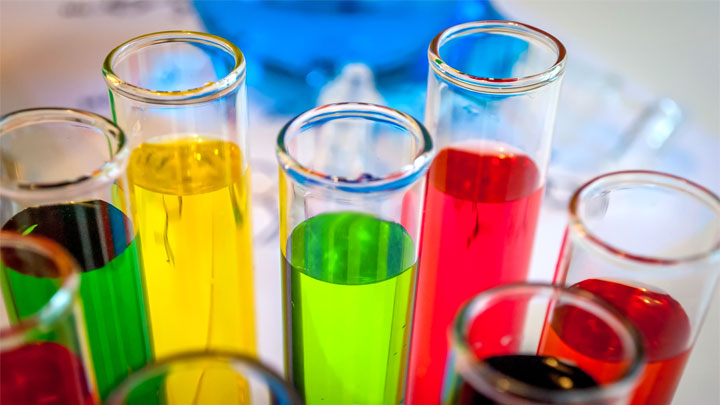
Early in the history of keeping engines cool, the biggest problem was coolant freezing. And chemists soon found that methyl alcohol (methanol) could be mixed with water and thus lower its freezing temperature. Methanol was the first coolant additive called antifreeze.
Unfortunately, this antifreeze also lowered the boiling temperature of water introducing a new and major issue. Fresh water boils at 212° F. Engines achieve operating temperatures at or above the 212° range and can easily boil water. The lowered boiling point using methanol for antifreeze could not be tolerated.
The next step forward was a chemical called glycerol. It lowered the freezing temperature of water but was effective down to only -36° F. Not quite low enough for every winter climate condition. An even better product was needed.
Read Also: Can Gas, Diesel, Coolant, and Other Car Fluids Freeze?
In 1926, chemists came up with an enduring answer, a petroleum-based derivative called ethylene glycol. When added to water ethylene glycol not only lowered the freezing temperature sufficiently, but it increased the boiling temperature as well. Ethylene glycol became the new antifreeze of choice for combustion engines.
Ethylene glycol has about one half the specific heat value of water. Thus when added to water the amount of heat a given volume of this coolant mix can retain is reduced. Cooling systems must circulate higher flow rates of this coolant to transfer the same amount of heat that water alone would carry.
Also, pure ethylene glycol is sweet to the taste as well as being toxic. A spill of your car’s coolant with this particular antifreeze blend onto your driveway could leave a poisonous puddle. Your next door neighbor’s puppy might be attracted to the taste lapping it up, leading to sad consequences. Always clean up coolant spills to avoid this kind of disaster.
Propylene glycol, a second and more recent option for antifreeze, also works well for automotive coolant purposes. And in moderate amounts it is non toxic. However, when used in coolant blends, it is prone to develop bacterial and fungal growth over time. Special additives minimize this risk..
In 2012, US antifreeze manufacturers agreed to add a bitter tasting chemical to their antifreeze products in an attempt to mitigate the toxicity issue. This has not proven to be completely successful.
For this reason the use of propylene glycol has broadened. The chemical, glycerol, discontinued from automotive antifreeze use in 1926, has recently received new consideration as a possible non toxic replacement for ethylene glycol.
Antifreeze manufacturers use proprietary additives to lengthen antifreeze life, minimize corrosion, enhance water pump performance and lessen foaming.
The characteristic antifreeze smell you may have noticed occasionally under the hood comes from a common corrosion inhibitor, tolyltriazole. A side benefit with this additive is that antifreeze leaks are often easily detectable with a sensitive nose.
Related: Losing Coolant But No Visible Leaks?
Does It Matter What Coolant I Use?
Yes, it absolutely does. Your owner’s manual for your car or truck will give you specific guidance in this regard. Disregarding this direction could conceivably cost you a bundle to fix just a few miles down the road.
Different Types of Coolant
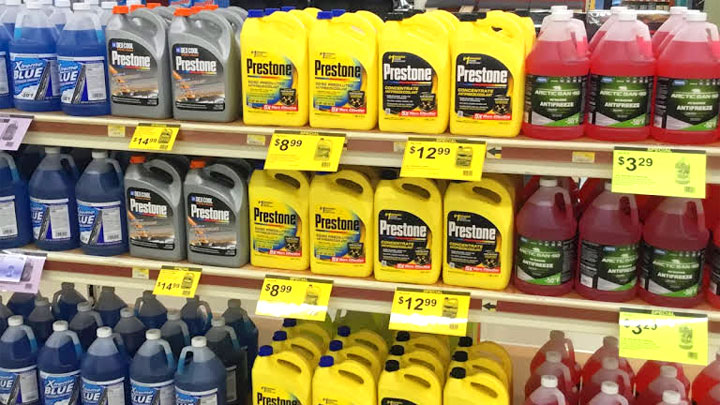
One popular auto parts store sells 17 different types of antifreeze for cars and trucks. Here we will attempt to collapse this dizzying array into the basic types of antifreeze and antifreeze colors you might expect to find on retailers’ shelves.
Additionally you will have to choose from full strength antifreeze or a 50-50 mix of antifreeze and water.
Full strength antifreeze will require you to blend it with distilled water prior to installing it in your car’s cooling system. A 50-50 blend will work for most winter climates protecting against freezing down to -35° F. For extreme cold, a 60-40 blend of antifreeze to water can be used to provide lower temperature freeze protection.
Also never refill an empty cooling system with 100% antifreeze, i.e., antifreeze with no added water. In this situation, the undiluted antifreeze will freeze at about 10° F instead of the -35° F achieved with a 50-50 mix.
Let’s review antifreeze colors and types. Coolants are colored to help identify the coolant in an engine. This can help us avoid adding the wrong coolant. Also the loss of its brilliant color can tell us a coolant is at the end of its service life.
#1 – IAT (Inorganic Acid Technology)
Typical Color: Bright Green
This is the oldest coolant blend and was installed by all domestic car manufacturers through about 1994 with some makes such as Ford continuing through 2002.
Asian and European car builders discontinued using this blend in 1990. It contains phosphates and silicates and works reasonably well with cast iron engine blocks and copper or aluminum radiators.
IAT coolants must be flushed out and renewed every 2 years or 36,000 miles. If left in an engine beyond these limits, the inevitable formation of clogging solids could degrade a cooling system’s performance. Heater core blockages were not uncommon with this coolant years back if it was not regularly replaced.
#2 – OAT (Organic Acid Technology)

Typical Color: Orange, Red, Blue, or Dark Green
This type of coolant contains no phosphates or silicates and is found in most domestic cars built after 1994. Extended coolant life of up to 5 years or 150,000 miles is a benefit with these coolants.
#3 – HOAT (Hybrid Organic Acid Technology)

Typical Color: Yellow, Turquoise, Pink, Blue, or Purple
These coolant blends fall between the IAT and OAT types and are called Hybrid Organic Acid Technology (HOAT) products. HOATs are commonly installed in newer Chrysler products as well as in European and Asian cars.
#4 – Dex-Cool

Typical Color: Orange
Dex-Cool, an OAT type, was developed in 1995 for GM cars. When owners mistakenly added green coolant to systems that contained Dex-Cool system, blockages frequently occurred.
In other respects, Dex-Cool is an acceptable coolant but must never be mixed with other antifreeze types.
Carmaker Branded Antifreeze
For your late model car, domestic or foreign, going to the dealer parts counter for antifreeze may be your best bet. By doing so you will not have to interpret the antifreeze specifications and/or usage constraints on those gallon jug labels at the parts store.
While you may pay a bit more, you’ll also have confidence you are using a coolant formula specifically blended for your car.
What Type of Coolant Does MY Car Need?
Your car came from the manufacturer with the type of coolant it requires. For its lifetime, this same coolant type should be used. The type will be specified in your owner’s manual.
Skilled auto parts specialists can also provide this information for you should you need to purchase antifreeze.
Can I Mix Different Coolants?
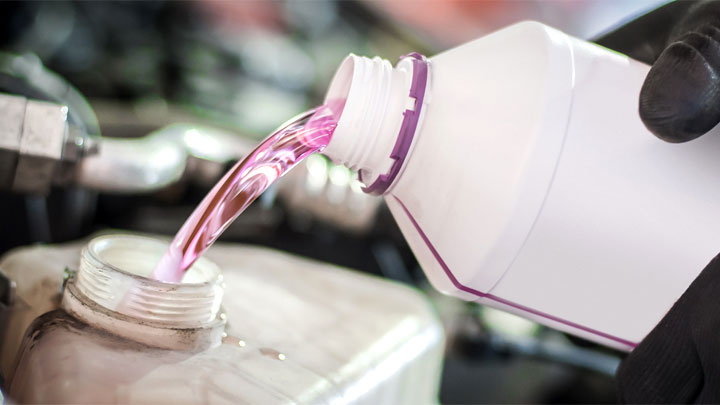
No. You should never take this risk. Coolant blends are decidedly different.
Sure, there are at least three manufacturers that make a so-called ‘universal’ 150,000 mile extended life coolant (yellow in color). But adding this to your car’s cooling system poses a risk. To be safe, all you need to do whenever some antifreeze is required is to purchase the type specified for your specific vehicle.
What if you are somewhere out in the boondocks and your cooling system springs a slow leak? Should this happen, you can always add distilled water to your cooling system. You could even add clean water from a nearby creek if you are desperate. But this is a temporary fix until you get back to civilization.
Why? Because adding that water will degrade freeze and boil-over protection. So you should soon have the system leak checked and the coolant mix either corrected to restore protection or the system flushed and refilled.
See Also: How to Flush a Car Radiator
Can I Add New Coolant to Old Coolant?
Yes, you can. But here’s the rule:
- The new coolant you are adding must be the same type and color as the existing antifreeze in your car’s cooling system. Failure to adhere to this rule could cause costly damage to your engine.
Also, when adding coolant, you should always use a pre-mixed 50-50 blend of antifreeze. Most cars will already have a 50-50 blend installed. So your addition of this blend of fresh coolant will not significantly disrupt the freeze and boil-over temperatures.
What Can Happen if I Use the Wrong Type of Coolant?
Adding the wrong antifreeze to your cooling system can result in coagulation of the coolant and clogging of the radiator or the complete system.
If severely clogged, the system cannot be easily flushed and may need a costly complete disassembly for decontamination.
An Important Caution with Pre-Owned Vehicles
Let’s say that you just bought a pre-owned car, maybe five years old or older and/or with more than 150,000 miles on the odometer. Your first service work on this car should be a complete cooling system drain and flush with the correct new coolant installed.
You may have little idea if such a service has ever been done for your ‘new’ car. So taking this step would be extremely wise on your part.

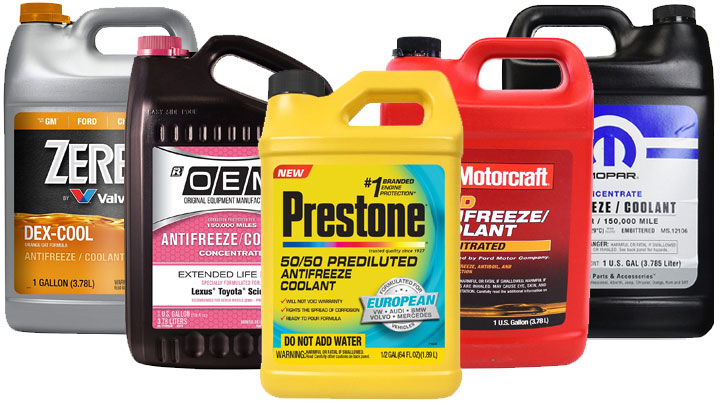

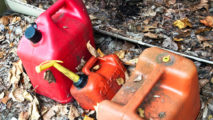
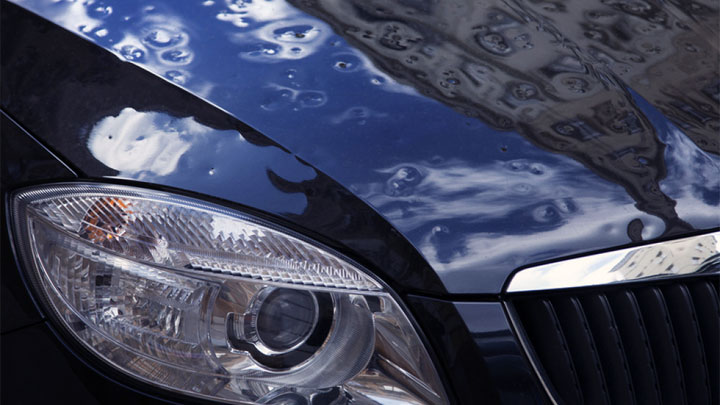

The statement regarding what water to use.. Completely and utterly inaccurate. Using distilled or reverse-osmosis treated water won’t harm anything, but it’s not necessary. Vehicle assembly plants, typically use municipal water to fill cooling systems mixed with the antifreeze/coolant chemistry that is chosen by the manufacturer. While extremely dirty non-potable water could be an issue, if the water is clean enough to drink, it’s clean enough for a cooling system.
Do you have a source for that? Tap water contains minerals that can corrode the cooling system. I think most manufacturers use deionized water (which is even better for cooling systems than distilled water).
I agree distilled water is best, but if you flush out the coolant system every 2 years should not have a problem with city water mix it 50/50. I used tap water for 25 years on a DD pickup truck with cheapest coolant I could buy never had any issues. That pickup got a flush every 24 months I kept a maintenance schedule sheet in my glove box. When we pulled the engine for a rebuild at 220k entire cooling system was clean as an engine that was a few years old. The newer coolant claims it can go longer my new pickup I got in 2015 RAM 2500 Diesel says every 10 years or 150k I flush it every 3 years. Coolant is about time breaks down over time not so much how many miles. I learned my lesson with coolant when I was a teen let it go 5 years when I drained full of rust on a new car. Biggest things overlooked by car owners Coolant, and Brake fluid and both can bite you for letting it go too many years.
Good to know. Maybe it would work, but I can’t recommend it to others. I personally still wouldn’t mix tap water into the cooling system unless I was desperate.
Agreed about the coolant and the brake fluid.